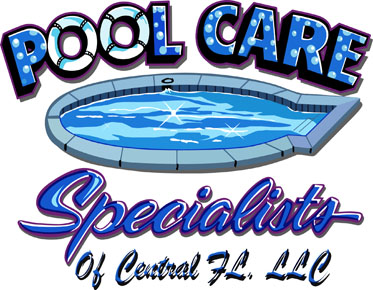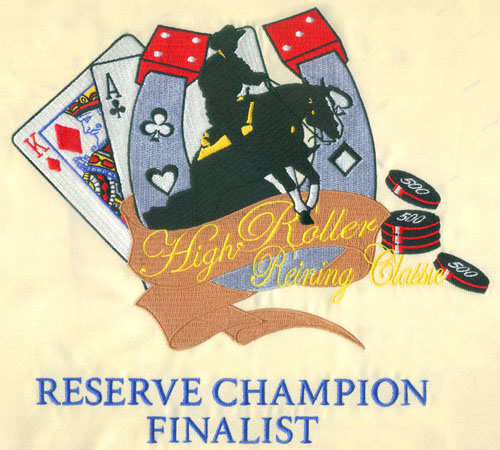rom Sketches to Vector: Transforming Creativity into Precision
In the field of design, a simple paper sketch frequently marks the beginning of the process from the initial concept to the finished product. Even if these sketches are bursting with artistic expression, they need to be refined and precise in order to be used in a variety of applications. That is when vectorization's magic is put to use. This article will examine the fascinating process of turning sketches into vector graphics, which opens up a world of creative freedom and accuracy.
The Birth of an Idea: Sketches
1. The Spark of Creativity:
Every design begins with an idea, a spark of creativity that finds its first expression in a sketch. Whether it's a logo, an illustration, or a piece of artwork, sketches capture the essence of the designer's vision.
2. Artistic Freedom:
Sketches allow for complete artistic freedom. They can be rough and expressive, capturing the raw energy of the concept without worrying about precision or technical details.
The Need for Vectorization
1. Limitations of Sketches:
While sketches are the birthplace of ideas, they have limitations. They lack scalability, which means that if you want to enlarge a sketch for a billboard or shrink it for a business card, it will lose quality and appear pixelated.
2. Vector Graphics:
Vector graphics are composed of precise mathematical equations that define shapes and lines. This format is infinitely scalable without losing quality, making it ideal for various applications, from digital designs to physical prints.
The Art and Science of Vectorization
1. Scanning and Digitization:
The process of turning a sketch into a vector graphic begins with scanning the sketch into a digital format. Once in a digital environment, it can be refined and manipulated with precision.
2. Tracing and Outlining:
In vectorization, each line and shape in the sketch is traced and outlined using vector software like Adobe Illustrator. This step requires careful attention to detail and a steady hand, as it lays the foundation for the final vector graphic.
3. Colorization:
Vectorization also involves the application of colors and gradients. This step brings life to the design, allowing for precise color selection and control.
Versatility and Applications
1. Infinite Scalability:
One of the most significant advantages of vector graphics is their infinite scalability. Whether it's a small logo on a business card or a massive banner on a building, vector graphics maintain their quality and sharpness.
2. Print and Web:
Vector graphics are used extensively in both print and web design. They are the backbone of logos, icons, illustrations, and much more.
The Designer's Touch
1. Refinement and Iteration:
The vectorization process also allows designers to refine and iterate on their sketches. Details can be tweaked, lines can be straightened, and colors can be adjusted until the design is perfect.
Conclusion
Sketches are converted into vector drawings in a process that turns creativity into precision. The ability for designs to be utilized in a variety of applications is unlocked by the combination of creative expression with technological excellence. Vectorization makes sure that the designer's vision is transmitted with clarity and impact, whether it's a logo that covers a company website or a detailed artwork in a book. So, the next time you see a sharp, adaptable graphic, keep in mind that it might have begun as a simple sketch, but thanks to the wonders of vectorization, it has transformed into a potent work of art.


